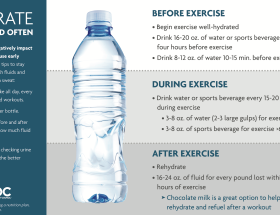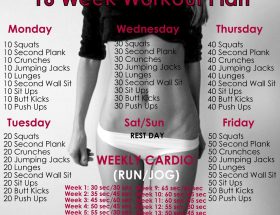Strength training is an integral part of any fitness regimen. It not only helps in building lean muscle mass but also improves overall health and performance. However, at some point in your strength training journey, you might hit a plateau, where your progress stalls and it becomes challenging to break through to the next level.
Understanding Strength Plateaus
A strength plateau refers to a period when you stop making noticeable gains in your strength training routine, despite consistent effort and adherence to your workout plan. These plateaus can be frustrating and demotivating, but they are a natural part of the process.
Several factors contribute to strength plateaus:
Lack of progressive overload: Your muscles need to be continuously stimulated to grow stronger. If you don’t progressively increase the demands on your muscles, they won’t adapt and grow.
Poor form or technique: Performing exercises with incorrect form or technique can limit your gains and increase the risk of injury.
Inadequate recovery: Your muscles need time to recover and rebuild after intense training sessions. Insufficient rest can hinder progress and lead to plateaus.
Diet and nutrition: Proper nutrition is essential for muscle growth and strength development. Inadequate calorie intake or a lack of key nutrients can hinder progress.
Break Through Your Plateau with These Strategies
1. Progressive Overload
One of the most effective ways to break through a strength plateau is to implement progressive overload. This technique involves gradually increasing the demand placed on your muscles over time.
There are several ways to implement progressive overload:
Increase the weight: Gradually increase the amount of weight you lift for each exercise. This forces your muscles to adapt to the heavier load.
Increase the repetitions: Add more repetitions to your sets. This challenges your muscles and helps improve endurance.
Decrease rest time: Minimize the rest intervals between sets to increase the intensity and stimulate muscle growth.
2. Correct Form and Technique
Ensure that you are performing exercises with proper form and technique. This not only maximizes the effectiveness of the exercises but also reduces the risk of injury. If you are unsure about your form, consider seeking guidance from a qualified strength training coach or personal trainer.
3. Vary Your Training
Repetitive and monotonous workouts can contribute to plateaus. Introduce variety into your training by incorporating different exercises, equipment, or training methods. This helps engage different muscle groups and stimulates further growth.
4. Prioritize Recovery
Give your body enough time to recover between training sessions. Adequate rest and sleep are important for muscle repair and growth. Pay attention to your overall lifestyle habits, such as managing stress levels and getting proper nutrition.
5. Track Your Progress
Maintain a training log to track your progress. Keep a record of the weights you lift, sets, reps, and any additional notes. Tracking your workouts allows you to identify patterns and make necessary adjustments to overcome plateaus.
6. Periodize Your Training
Periodization involves dividing your training into different phases, each with specific goals and intensity levels. This prevents plateauing by constantly challenging your muscles and varying the training stimulus. Consult a qualified trainer to help you develop a suitable periodized training plan.
7. Seek Professional Guidance
If you have been stuck in a strength plateau for an extended period, it may be beneficial to consult a professional strength training coach or exercise specialist. They can assess your current routine, identify areas for improvement, and provide personalized guidance to help you break through your plateau.
Conclusion
Strength training plateaus are a common obstacle faced by individuals on their fitness journey. However, with the right strategies, determination, and proper guidance, you can overcome these hurdles and continue to make progress. Remember to implement progressive overload, focus on correct form, vary your training, prioritize recovery, track your progress, periodize your training, and seek professional guidance when needed. Breaking through your strength training plateau will bring you one step closer to achieving your fitness goals.









